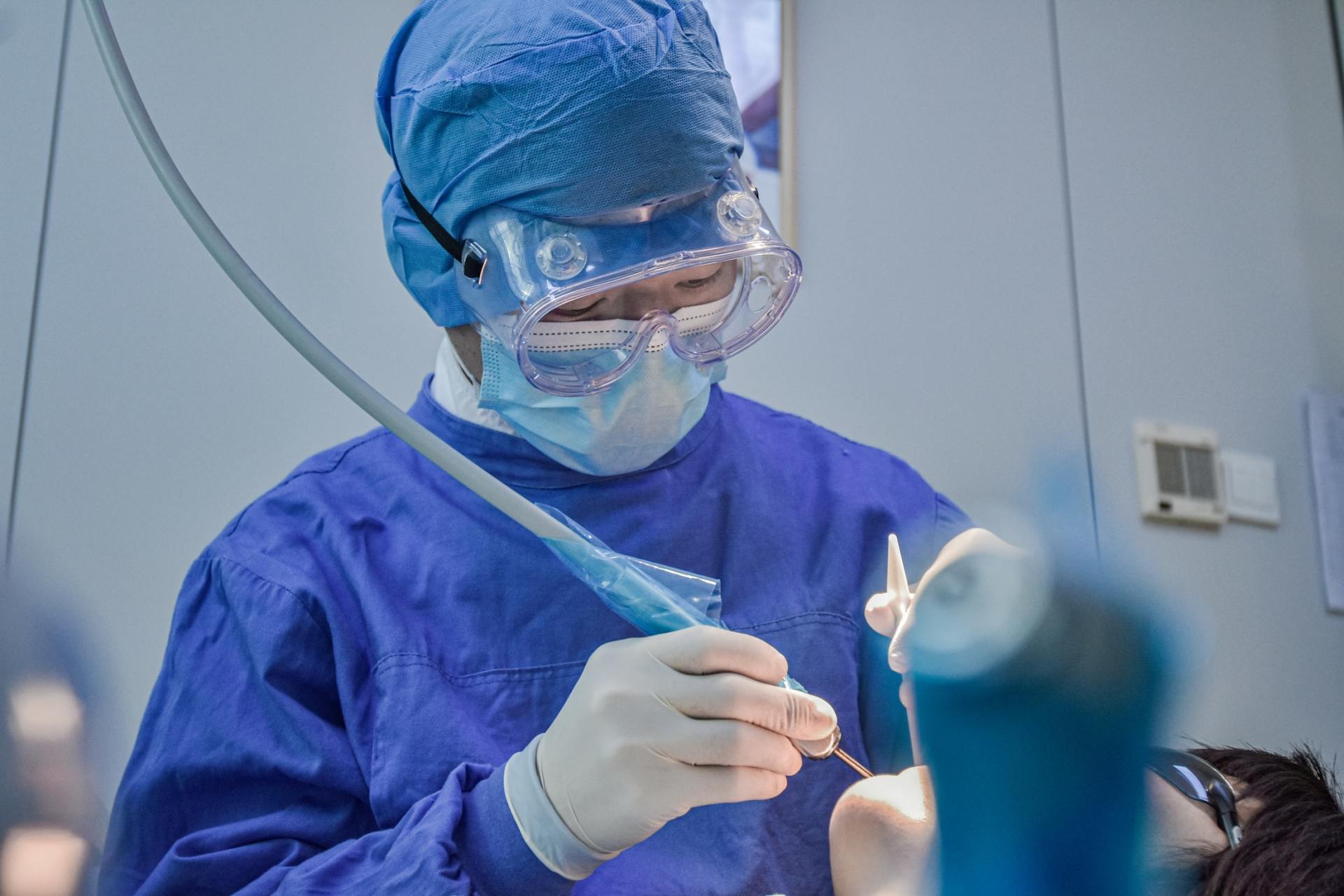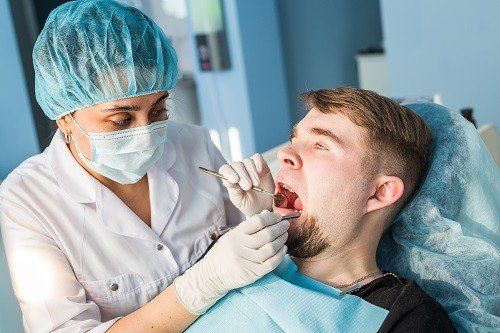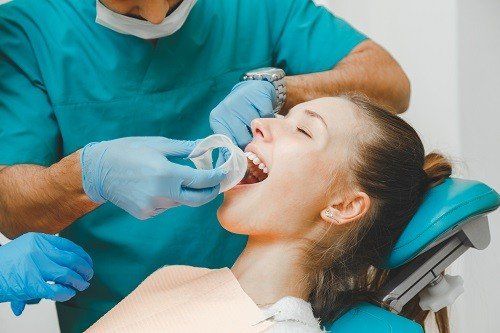What You Should Know About Oromandibular Dystonia
There’s a good chance you’ve never heard of the term “oromandibular dystonia” (OMD), given that it refers to a disease that’s very rare among any mass population of people. Even so, OMD is the type of disorder you want to be able to identify immediately, no matter how uncommon it is. If you would like to learn more about this rare but serious condition, follow our simple guide below, and you just might learn something crucial that will help greatly down the line.
To be specific, OMD causes uncontrolled tonic muscle contractions of the tongue, jaws, and face, and these contractions can occur while the jaw is closing or opening and during tongue movement, according to the Dystonia Medical Research Foundation. In the end, the result of these contractions can be deforming movements in the face and difficulty speaking and chewing.
Other body parts can experience comparable muscle contractions, leading to awkward bodily positions, but an OMD diagnosis is provided only when the facial area is affected. The condition is deemed as primary OMD when it’s inherited or isn’t linked to another condition or disease. Secondary OMD, on the other hand, is linked to other diseases, such as Parkinson's, with the etiology usually being unknown or idiopathic.
Prevalence of OMD
As stated previously, this a rare disorder, with only three people in every one million developing OMD, per a report from Seminars in Speech and Language. Typical patients are often between 40 and 86 years of age, with a mean of 66 years of age, and women are four times more likely to develop OMD than men.
Effects and Symptoms of OMD
The uncontrollable movements and contractions associated with OMD can result in various side effects—from dental problems, speech difficulties, swallowing issues, eating problems, depression, to other psychological concerns. Some of the associated dental concerns include the following:
- Tongue biting
- Jaw pain
- Soft oral tissue trauma
- Worn teeth due to grinding
Treatment for OMD
Unfortunately, OMD doesn’t have an ideal treatment, but there are options that can help relieve symptoms, such as dental bite blocks that provide jaw stability. Placing the block in between the lower and upper jaws holds everything in a good position for control of the muscle contractions. Sometimes, neurosurgery may be recommended to help the part of the brain that’s associated with OMD. In terms of medication, trihexyphenidyl, clozapine, and diazepam can help control OMD, but they can only do so at modest levels. So far, the most encouraging available treatment includes Botox injections to paralyze those muscles that are creating the OMD in the first place.
From the diagnosis stage to the treatment phase, oromandibular dystonia is, without a doubt, a challenge, but with a crew of dentists, speech pathologists, and physicians working together, a patient’s quality of life can be greatly improved and be much more comfortable and manageable.
Need to make a dental appointment but worried about the high-costs of dental care? Our New Hampshire discount dental plancan help alleviate some of those costs. For more information about our plans, click here.











